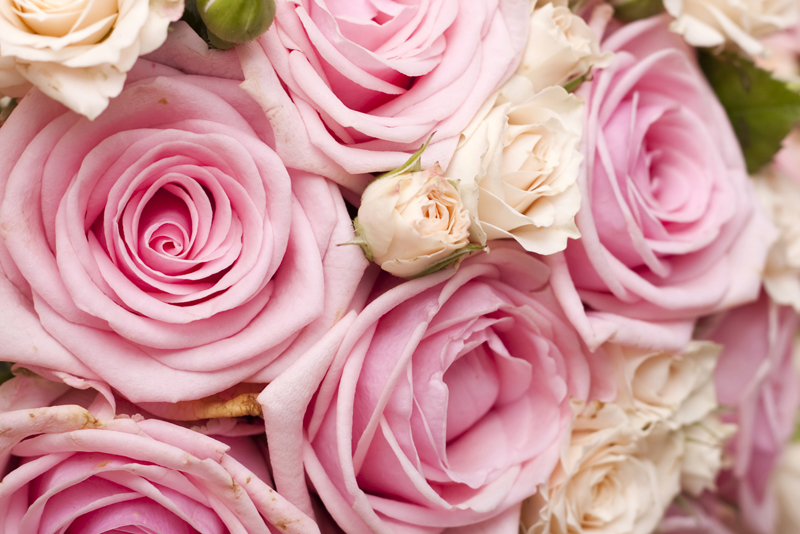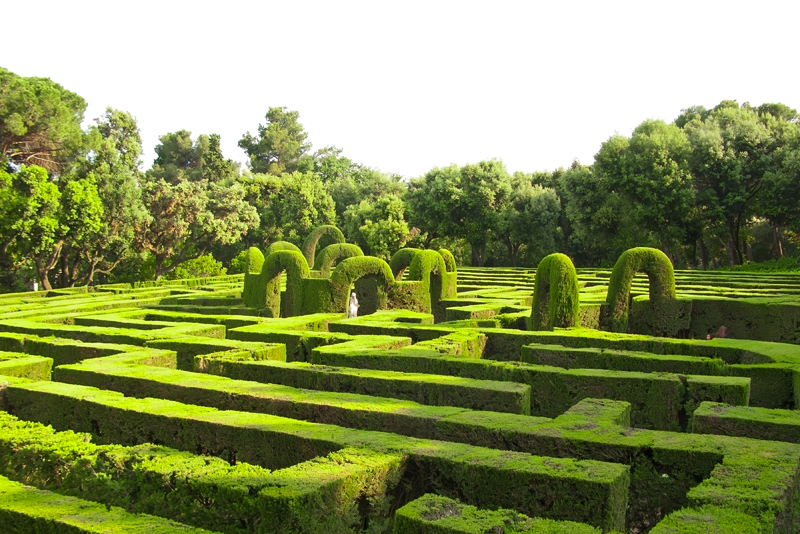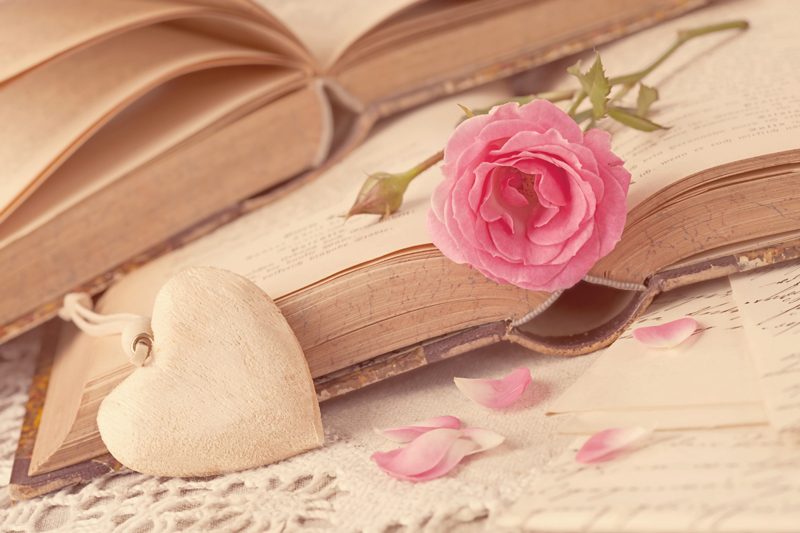Add Textural Dimension to Fabric

Adding additional texture to fabric through various traditional means of manipulation can be accomplished by creative folding, twisting, gathering and stitching. There are many ways to embellish the pattern, color and of course dimensional detail to any sewing project.
Consider the following:
Ruching (from the French, rhymes with ‘who’) means to plait or pleat evenly. Think of a fabric gathered hair scrunchy and you have a good contemporary example. Ruching is a textural embellishment or trim, with a look somewhat different from ruffling or gathering, historically seen on the edge of women’s and children’s fashion bonnets, a neckline or front dress opening, at times at the edge of dress hems. Pulled tightly into a circle, a ruched narrow tube of fabric becomes flower-like that was also used as ornamentation. Fashionable uses for ruching today can be seen as piping on the edge of decorator throw pillows or quilts, fabric flower motifs, made wide for insets, and edge-trims on ladies garments.
Broomstick adds a length-wise crinkle to fabric that adds not only texture, but movement to a long or short skirt. The term may have derived from the method of gathering and twisting the entire length of a still damp skirt around the length of a broomstick to set the folds to get that wrinkled look. The finished look also mimics the even long strands of a straw broom. Originally dating long ago to the Renaissance period the wrinkled crinkled appearance gave depth to fabric and a sense of opulence since additional fabric is required to produce the desired effect. Once popular in the 1950s revived in the 80s the technique remains popular today.
Pleating using multiple, regular folds in the fabric add motion to a finished garment; they are a control technique to manage fullness. They can be box pleats, inverted pleats, knife pleats, or accordion pleats. All are vertical folds of the fabric that are partially stitched down, left soft or pressed to keep their shape intact. Careful measuring and pressing during garment construction is a must.
Pin tucks are usually seen on heirloom garments but are also seen as a modern embellishment. They are tiny, parallel, straight of grain folds of the fabric that have a line of stitching about 1/8-inch away from each fold.
Embroidery as an art form and fabric embellishment has a long history. Done by hand with needle and thread or by machine today, using a variety of stitches and thread colors to create designs and patterns, embroidery adds a slightly raised, visually pleasing dimensional look and feel to any fabric piece. Embroidery designs can add a signature statement to a finished garment.
Appliqué is a pieced sewing technique in which pieces of fabric are sewn onto a fabric background to create designs or scenes. All the world’s cultures, through-out history have used some form of appliqué as an accent on fabric or leather. A reverse technique creates a cut-out look, as the design peeks through the cut-out shape. Many quilt-makers use various appliqué techniques as a design embellishment.
Trapunto is a type of embroidery done by machine or by hand sewing that outlines a design or area that is usually then lightly filled through the underside of the outlined area with polyfill or batting producing a dimensional look. Thought to originate in Sicily in the 1300s, popular in the 1700s in colonial America, and an entire industry in France 200 years ago, the raised designs play with light and shadows to highlight the visual effect of dimension.
Smocking is a combination of embroidery and gathering, done by hand or machine, producing multiple, tiny pleats that are then over-stitched with decorative, usually contrasting threads to produce a design element over the gathers. Seen often in children’s clothes as an inset in a yoke in a dress or blouse, smocking is an ancient craft.
Shirring uses multiple, gathered, parallel rows of stitching. Gathering of fabric is produced when one or more rows of stitching have the running thread stitch pulled tight scrunching the fabric into soft folds. Both shirring and gathering are terms sometimes used interchangeably but the effect is quite different.
Lace insertions, such as entredeux incorporate a strip of lace inserted between cut edges of fabric usually with no background fabric behind the lace strip. It is seen in heirloom sewing, on very delicate blouses as a design element or edges of pillow cases or sheets. Fagoting, often seen with lace insertions, is a type of twisted stitch created by pulling out horizontal threads from the fabric that are then crossed or twisted. Originally a hand-sewing technique seen mostly on vintage clothing it can be recreated today by machine.
These are but a few of the traditional ways to manipulate fabric to add ornamentation, surface texture and depth to fabric.
Sew happy, sew inspired.
Consider the following:
Ruching (from the French, rhymes with ‘who’) means to plait or pleat evenly. Think of a fabric gathered hair scrunchy and you have a good contemporary example. Ruching is a textural embellishment or trim, with a look somewhat different from ruffling or gathering, historically seen on the edge of women’s and children’s fashion bonnets, a neckline or front dress opening, at times at the edge of dress hems. Pulled tightly into a circle, a ruched narrow tube of fabric becomes flower-like that was also used as ornamentation. Fashionable uses for ruching today can be seen as piping on the edge of decorator throw pillows or quilts, fabric flower motifs, made wide for insets, and edge-trims on ladies garments.
Broomstick adds a length-wise crinkle to fabric that adds not only texture, but movement to a long or short skirt. The term may have derived from the method of gathering and twisting the entire length of a still damp skirt around the length of a broomstick to set the folds to get that wrinkled look. The finished look also mimics the even long strands of a straw broom. Originally dating long ago to the Renaissance period the wrinkled crinkled appearance gave depth to fabric and a sense of opulence since additional fabric is required to produce the desired effect. Once popular in the 1950s revived in the 80s the technique remains popular today.
Pleating using multiple, regular folds in the fabric add motion to a finished garment; they are a control technique to manage fullness. They can be box pleats, inverted pleats, knife pleats, or accordion pleats. All are vertical folds of the fabric that are partially stitched down, left soft or pressed to keep their shape intact. Careful measuring and pressing during garment construction is a must.
Pin tucks are usually seen on heirloom garments but are also seen as a modern embellishment. They are tiny, parallel, straight of grain folds of the fabric that have a line of stitching about 1/8-inch away from each fold.
Embroidery as an art form and fabric embellishment has a long history. Done by hand with needle and thread or by machine today, using a variety of stitches and thread colors to create designs and patterns, embroidery adds a slightly raised, visually pleasing dimensional look and feel to any fabric piece. Embroidery designs can add a signature statement to a finished garment.
Appliqué is a pieced sewing technique in which pieces of fabric are sewn onto a fabric background to create designs or scenes. All the world’s cultures, through-out history have used some form of appliqué as an accent on fabric or leather. A reverse technique creates a cut-out look, as the design peeks through the cut-out shape. Many quilt-makers use various appliqué techniques as a design embellishment.
Trapunto is a type of embroidery done by machine or by hand sewing that outlines a design or area that is usually then lightly filled through the underside of the outlined area with polyfill or batting producing a dimensional look. Thought to originate in Sicily in the 1300s, popular in the 1700s in colonial America, and an entire industry in France 200 years ago, the raised designs play with light and shadows to highlight the visual effect of dimension.
Smocking is a combination of embroidery and gathering, done by hand or machine, producing multiple, tiny pleats that are then over-stitched with decorative, usually contrasting threads to produce a design element over the gathers. Seen often in children’s clothes as an inset in a yoke in a dress or blouse, smocking is an ancient craft.
Shirring uses multiple, gathered, parallel rows of stitching. Gathering of fabric is produced when one or more rows of stitching have the running thread stitch pulled tight scrunching the fabric into soft folds. Both shirring and gathering are terms sometimes used interchangeably but the effect is quite different.
Lace insertions, such as entredeux incorporate a strip of lace inserted between cut edges of fabric usually with no background fabric behind the lace strip. It is seen in heirloom sewing, on very delicate blouses as a design element or edges of pillow cases or sheets. Fagoting, often seen with lace insertions, is a type of twisted stitch created by pulling out horizontal threads from the fabric that are then crossed or twisted. Originally a hand-sewing technique seen mostly on vintage clothing it can be recreated today by machine.
These are but a few of the traditional ways to manipulate fabric to add ornamentation, surface texture and depth to fabric.
Sew happy, sew inspired.

Related Articles
Editor's Picks Articles
Top Ten Articles
Previous Features
Site Map
Content copyright © 2023 by Cheryl Ellex. All rights reserved.
This content was written by Cheryl Ellex. If you wish to use this content in any manner, you need written permission. Contact Cheryl Ellex for details.







